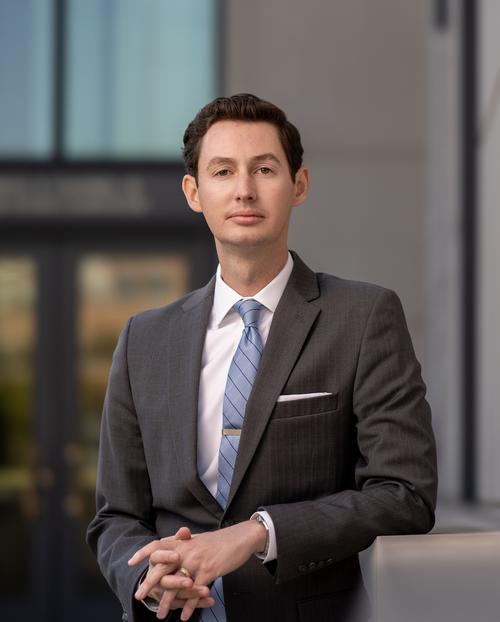✏️ Legal Pad
This week, the Supreme Court announced it plans to take up United States v. Hemani, a gun rights case that’s drawing rare agreement from both sides of the political aisle, and raising deeper questions about how far the government can go in restricting a constitutional right before a crime has even been committed.
The dispute began after FBI agents searched the home of Ali Danial Hemani and found a Glock 9 mm pistol, 60 grams of marijuana, and 4.7 grams of cocaine. Not great. He was charged under a federal statute that makes it illegal for anyone who is an “unlawful user” of a controlled substance to possess a firearm. The question is, if he wasn’t actively under the influence of the drugs at the time of his arrest, has he committed that specific crime?
The case has created an unusual coalition: conservatives who champion gun rights and liberals who support tighter gun laws both find themselves aligned, for opposite reasons, in favor of restricting firearm possession in this narrow context. Objectively, I think we can all agree that people on drugs should not have guns. Fair, right? But beneath that consensus is something more uneasy: the growing willingness of courts to uphold limitations on a fundamental constitutional right based not on conduct, but on condition that may, or may not, exist.
For many, Hemani represents a sensible step toward public safety. For others, it’s a warning that the right to bear arms, like any liberty, can be eroded not by confiscation, but by classification. And once the government begins to define who is “fit” to exercise a right, it’s worth asking how far that logic can travel.
💡 Sidebar
My family and I have been spending more time at the Peace Center lately, catching Broadway tours as they roll through Greenville. It’s phenomenal that Greenville has become able to attract and support world-class performances that take the stage just blocks from home.
Sitting in that theater, I can’t help but think about the months of preparation it takes to bring these performances to the stage on a nightly basis. The pacing, the cues, the choreography — it all unfolds with precision, but it feels spontaneous because it’s been practiced to the point of muscle memory. This is something I try to emulate in the courtroom. The best advocates are performers in the truest sense: every question, every pause, every exhibit reveal feels natural, even though it’s been rehearsed dozens of times.
That’s one thing good advocacy, and good art, share. You do the hard work in private so that when the curtain rises, it looks easy. Greenville is fortunate to have great stages that reminds us of what it takes to make something look seamless. Our courthouses, in their own way, are two of them.
⚖️ Closing Arguments
Time has a way of moving faster when you’re not paying attention. Last weekend’s wedding- standing beside an old friend, giving a toast, watching the night unfold- was a reminder that every chapter of life has its own tempo. One day it’s beers and bad decisions, the next it’s vows and quiet gratitude.
What struck me is this: in our ever increasingly disconnected society, weddings require you to show up. Fully. In a world where so much happens behind screens, presence has become a kind of superpower. There are no filters walking down the aisle, no virtual backgrounds at the altar. It’s a place, and a time, where the weight of the moment demands attention, and where there is no substitute for being there.
The best trial lawyers, like the best friends, know how to be present when it matters. To look people in the eye. To speak plainly. To mean what they say. In an age of distraction, that’s a skill worth protecting, and one that will always command the room.
Court is in recess- see you next Friday

